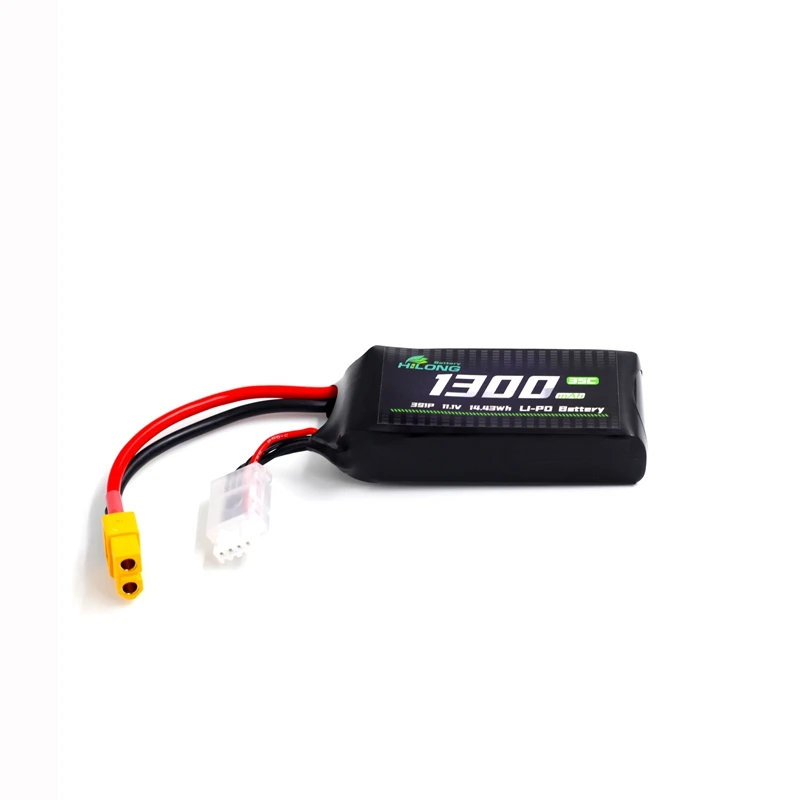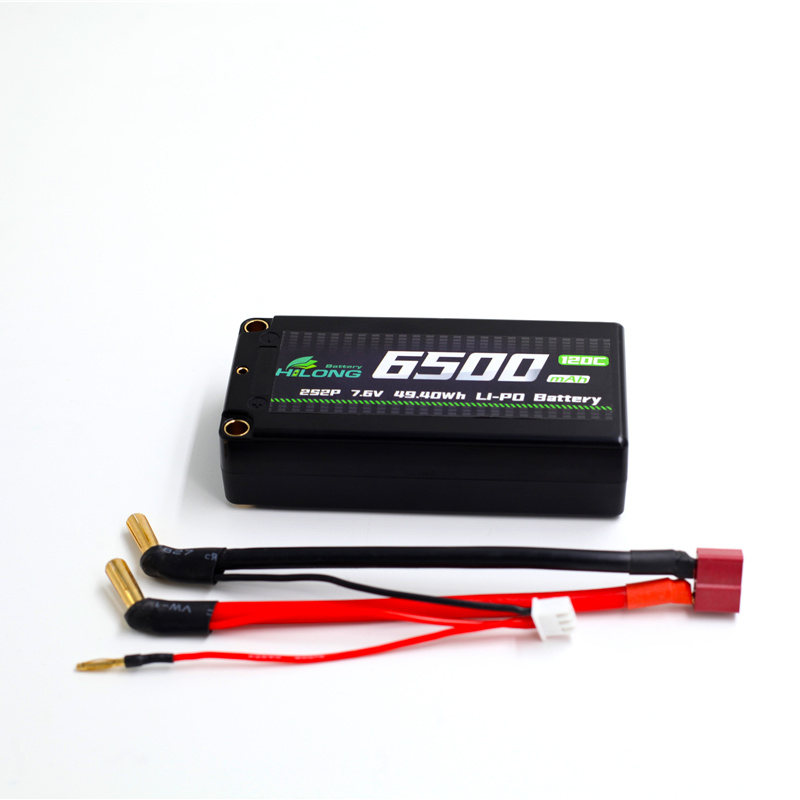Remote-controlled (RC) aircraft are a thrilling hobby enjoyed by enthusiasts worldwide. One of the most critical components of an RC aircraft is its battery. This guide will delve into the types of RC aircraft batteries, the key parameters to understand, and how to choose the right battery for your needs.
Types of RC Aircraft Batteries
RC aircraft typically use three main types of batteries:
Nickel-Cadmium (NiCd) Batteries
- Pros: Durable, can handle high discharge rates, and relatively inexpensive.
- Cons: Heavy, lower energy density, and memory effect (loss of capacity when not fully discharged before recharging).
Nickel-Metal Hydride (NiMH) Batteries
- Pros: Higher capacity than NiCd, less prone to memory effect, and environmentally friendly.
- Cons: Heavier than LiPo, moderate discharge rates.
Lithium Polymer (LiPo) Batteries
- Pros: High energy density, lightweight, and high discharge rates.
- Cons: More expensive, require careful handling and charging to avoid safety risks.
Key Parameters to Understand
When selecting a battery for your RC aircraft, several key parameters must be considered:
Capacity (mAh): Measured in milliamp hours (mAh), this indicates the battery's energy storage capacity. A higher capacity means longer flight times but also increased weight.
Voltage (V): Voltage is determined by the number of cells in series (S). Each LiPo cell has a nominal voltage of 3.7V. Common configurations include 2S (7.4V), 3S (11.1V), and 4S (14.8V). Higher voltage can provide more power and higher RPMs for the motor.
Discharge Rate (C Rating): The C rating indicates how quickly a battery can discharge its energy. It is calculated by multiplying the capacity by the C rating to get the maximum continuous current output.
Physical Dimensions and Weight: Ensure the battery fits within the aircraft's battery compartment and does not excessively alter the center of gravity or overall weight.
How to Choose the Right RC Aircraft Battery?
Choosing the right battery involves balancing various factors to match your specific RC aircraft and flying style:
Determine the Required Voltage: Check your aircraft's motor and electronic speed controller (ESC) specifications to determine the appropriate voltage. Using a higher voltage battery can increase performance but must be within the tolerances of your equipment.
Select the Appropriate Capacity: Higher capacity batteries provide longer flight times but add weight. Consider the aircraft's weight tolerance and balance the need for flight duration with overall performance.
Match the Discharge Rate: Ensure the battery's C rating meets or exceeds the current demands of your motor and ESC. A higher C rating can improve performance but may not always be necessary for casual flying.
Consider Physical Size and Weight: Verify that the battery fits within the designated compartment and does not significantly affect the aircraft's balance. Use weights to simulate the battery's mass and test the center of gravity if necessary.
Conclusion
Selecting the right battery for your RC aircraft is crucial for optimal performance and safety. By understanding the different types of batteries, key parameters, and how to balance these factors, you can make an informed choice that enhances your flying experience. Whether you're a casual hobbyist or a competitive flyer, the right battery can make all the difference in achieving the best performance from your RC aircraft.



.jpg)

